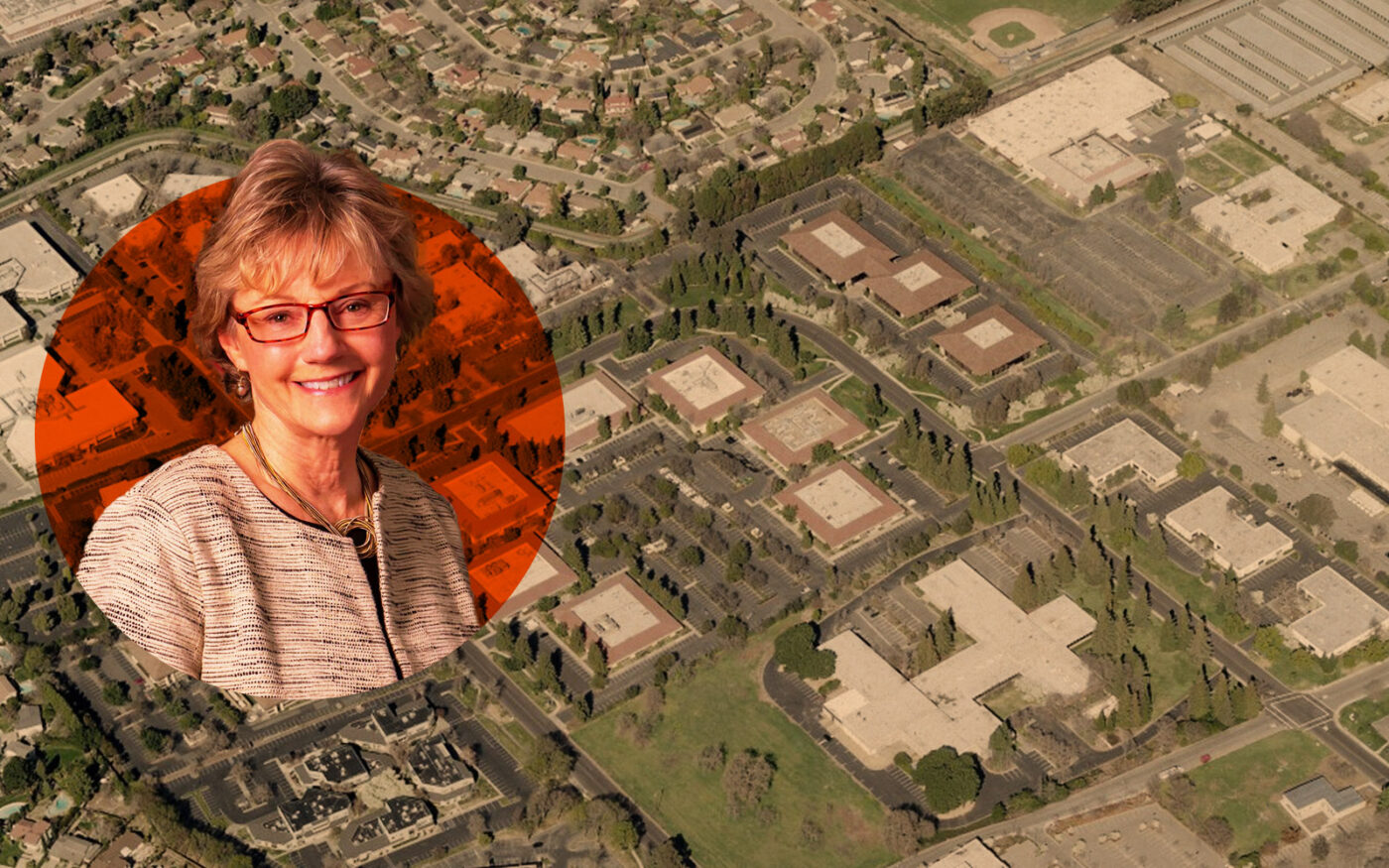 Walnut Creek multifamily sells for $19.5M
Walnut Creek multifamily sells for $19.5M
Trending
Walnut Creek looks for office-to-medical or condo conversions
With office vacancy at 20%, East Bay city considers new uses for empty building

Walnut Creek Mayor Cindy Silva; Shadelands Business Park, 2401 Shadelands Drive, Walnut Creek (Colliers, Getty, City of Walnut Creek)
The city of Walnut Creek may push to convert 1.3 million square feet of unused offices into medical uses or condominiums.
The East Bay city has unveiled a draft economic development action plan that encourages the conversion of older office buildings to medical buildings or condos, the San Francisco Business Times reported. Potential options include zoning reforms.
The city east of Oakland has been a major Contra Costa County office hub, with 6.75 million
square feet of offices. But since the pandemic and the era of remote work, office vacancy in Walnut Creek has climbed to nearly 20 percent.
For the city’s empty Class B and C offices that make up half the vacancies, the answer may be the city’s budding health care industry, Colette Hanna, its economic development manager, told the City Council.
Walnut Creek is host to several medical centers, including John Muir Health, which has teamed up with UCSF on a new cancer center.
That center could create as much as 200,000 square feet of demand from medical office tenants, according to city estimates. It’s the overflow that could “provide opportunities for aging Class B and C office spaces,” according to the plan.
“Some of these spaces might be able to be converted for medical use,” Hanna said. “They’re still viable, maybe with some upgrades, to maintain our job centers.”
Areas ripe for conversion include a stretch of Ygnacio Valley Road that runs through the city’s east and is home to 77,000 square feet of Class B offices.
The Shadelands, which includes the six-decade-old Shadelands Business Park, has 1.5 million square feet of Class B offices, of which 19 percent are empty.
The Class A buildings in Downtown could fill a demand from insurance companies, banks, real estate companies and professional services, the plan said. But it’s not clear there’s any demand to fill, Councilman Matt Francois, the city’s former mayor, said.
There was pushback on potential office-to-home conversions. Francois and Mayor Cindy Silva said they preferred keeping commercial buildings commercial, instead of for residential use.
“If Sacramento continues to make it easier for developers to go, this (office building) is too expensive to repurpose, therefore I’ll scrape it and make it housing, we may lose the ability to hold onto the jobs,” Silva said, adding the city should seek to protect its jobs-to-housing ratio.
— Dana Bartholomew
Read more
 Walnut Creek multifamily sells for $19.5M
Walnut Creek multifamily sells for $19.5M
 Walnut Creek office park comes on the market for $30M
Walnut Creek office park comes on the market for $30M
 Auto Draft
Auto Draft




